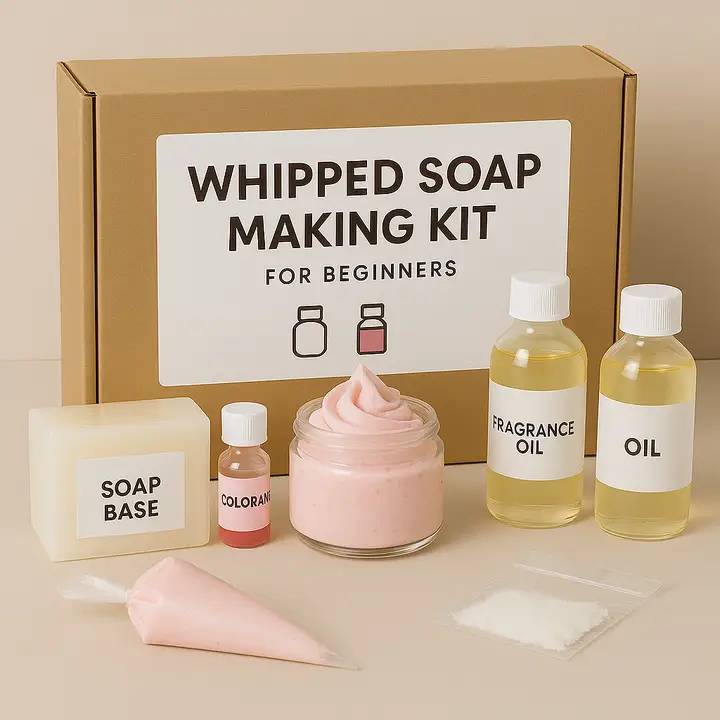In the age of DIY creativity, a soap making kit isn’t just a box of ingredients—it’s a portal to crafting vibrant, fragrant bars that feel personal luxurious. Whether you’re a hobist seeking a weekend project or an aspiring artisan aiming to launch your own line, selecting the right kit can either ignite your enthusiasm or leave you fumbling with incomplete tools. Here’s an in-depth guide brimming with practical tips to help you pick a soap making kit that matches your needs sparks your creativity.
Underst What Comes in a Soap Making Kit
Before diving in, examine the contents of the soap making kit. Kits vary widely—some bundle natural oils, molds, fragrance oils, colorants, while others focus on the basics like melt--pour soap blocks essential instructions. Look for a kit that balances quality ingredients with practical tools. If the kit only skims over essential components, you might end up improvising, which can be frustrating for beginners.
Consider Your Skill Level
A kit suitable for beginners usually contains detailed instructions step--step visuals. More advanced kits might include exotic oils or lye-based recipes, challenging your technique. Be honest about your experience; jumping into a complex kit too soon can dampen your enthusiasm, while a beginner-friendly soap making kit can build confidence encourage experimentation.
Examine Ingredient Quality
Not all soap making kits are created equal. Investigate whether the kit provides organic oils, natural colorants, or synthetic fragrances. A high-quality soap making kit can produce bars that nourish your skin instead of drying it. Look for transparency—kits that list every ingredient help you avoid allergens ensure safety.
Check Tool Variety Usability
A comprehensive kit should include molds, spatulas, gloves, sometimes thermometers. These tools help you sculpt, swirl, blend your soap without risking burns or spills. Kits that skimp on tools may require extra purchases, which can be inconvenient. Opt for a soap making kit that equips you with all essentials to craft soap efficiently safely.
Factor in Creativity Options
The most satisfying kits let you experiment. Look for those offering multiple molds, vibrant colorants, fragrance oils. A versatile soap making kit lets you concoct designs ranging from rustic swirls to intricate patterns, allowing you to refine your personal style. Kits that feel restrictive can stifle your creative impulse.
Price vs. Value
While price shouldn’t be the sole factor, it often reflects ingredient quality tool inclusivity. Compare kits carefully—sometimes a slightly pricier soap making kit includes premium oils unique molds that make the experience more enjoyable. Avoid kits that seem too cheap; they often lack vital components or provide low-quality materials.
Read Reviews Recommendations
Don’t underestimate the wisdom of past buyers. User reviews can reveal whether instructions are clear, ingredients are fresh, tools are durable. Check multiple sources to ensure a balanced view. A soap making kit with consistent positive feedback is more likely to deliver a smooth crafting experience.
Frequently Asked Questions
Q1: Can beginners use lye-based soap making kits safely?
A1: Yes, but caution is essential. Beginners should follow instructions meticulously use protective gear. If unsure, start with melt--pour kits.
Q2: How long does it take to make soap using a kit?
A2: Melt--pour kits take 30–60 minutes per batch, while cold-process kits require 24–48 hours to cure fully.
Q3: Can I customize the scents colors in a kit?
A3: Most kits allow customization, especially those offering a range of colorants fragrance oils.
Q4: Are soap making kits eco-friendly?
A4: Many kits include biodegradable ingredients, but always check labels for sustainability claims.
Q5: How often should I use a soap making kit?
A5: As often as you like! Kits can be a recurring hob, experimenting with recipes keeps the process exciting.
